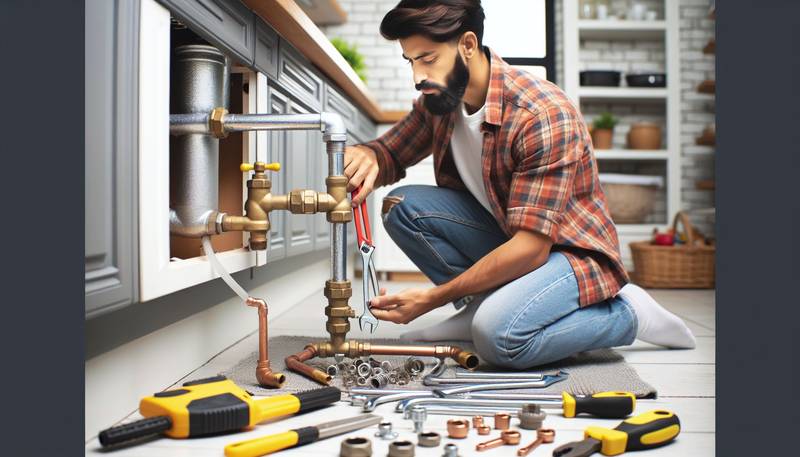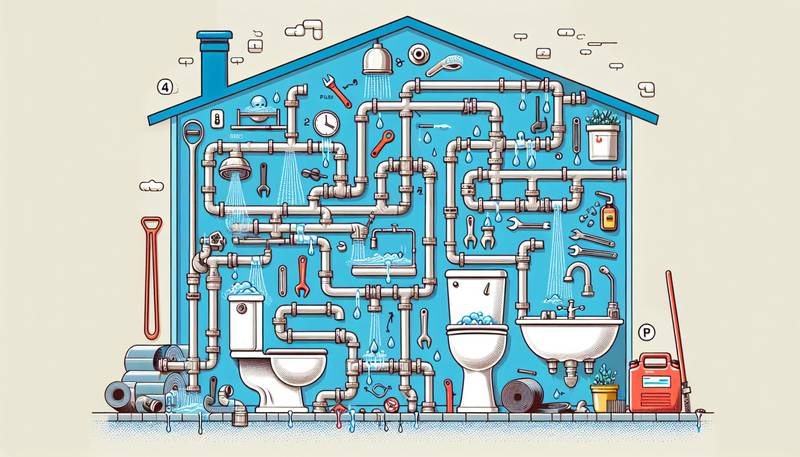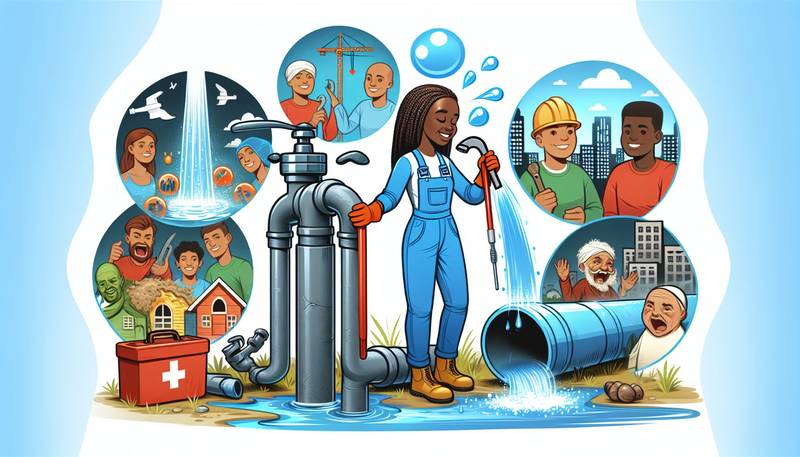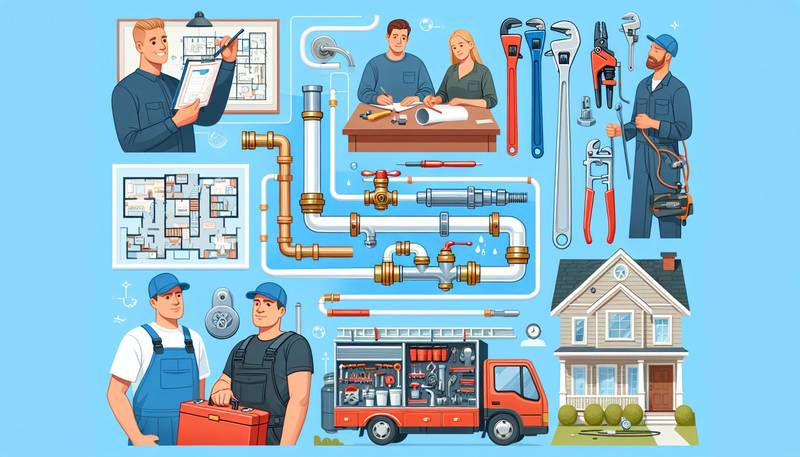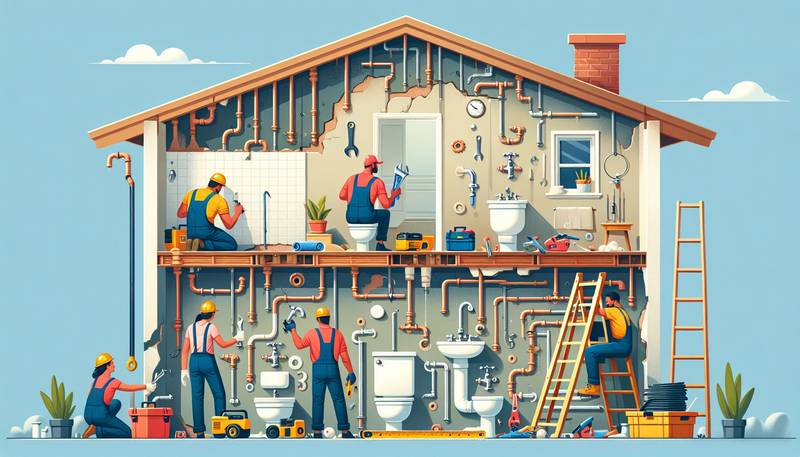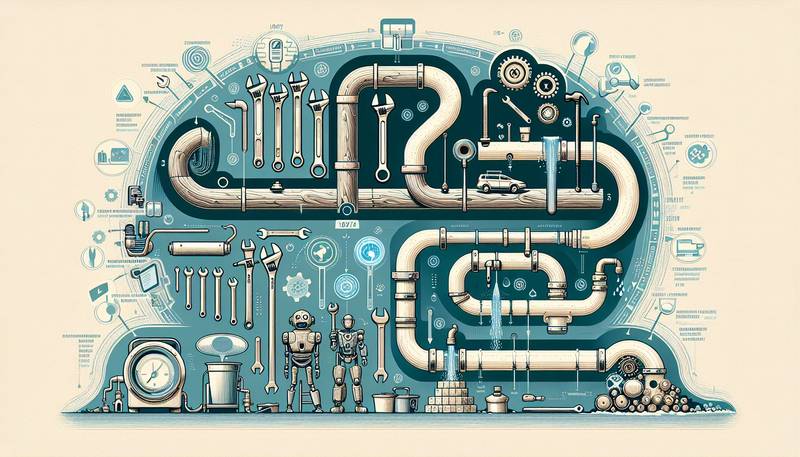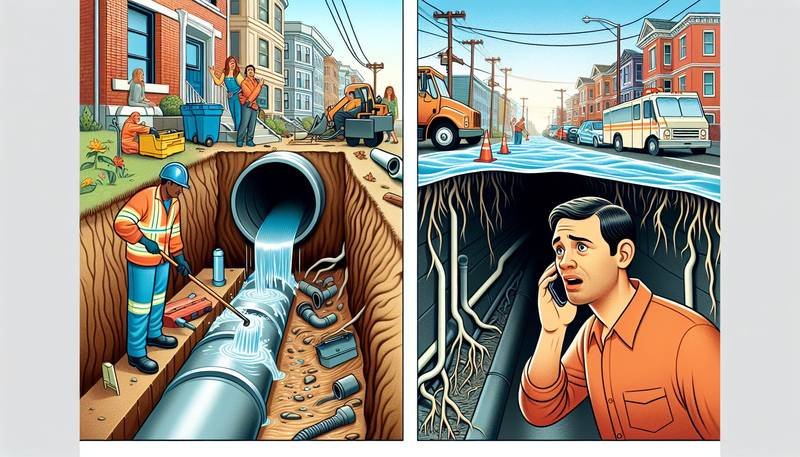Understanding Building Codes for Plumbing Excellence
Understanding and adhering to these codes are essential for achieving plumbing excellence in any building project.
Importance of Building Codes for Plumbing
Building codes are a set of regulations established by local governments to safeguard the health, safety, and welfare of building occupants. These codes cover various aspects of building construction, including plumbing systems. By following building codes for plumbing, builders and plumbers can ensure that plumbing installations meet minimum standards for quality, performance, and safety.
Types of Building Codes for Plumbing
There are different types of building codes that govern plumbing installations, including international, national, state, and local codes. International codes, such as the International Plumbing Code (IPC), provide comprehensive guidelines for plumbing systems that can be adopted by various jurisdictions. National codes, like the National Standard Plumbing Code (NSPC), outline requirements for plumbing installations across the country. State and local building codes may further modify or add to these national codes to address specific regional concerns.
Compliance with Building Codes
Compliance with building codes for plumbing is not optional—it is mandatory. Failure to adhere to these codes can result in serious consequences, including fines, project delays, and even unsafe conditions for building occupants. Plumbers and builders must familiarize themselves with the applicable codes and ensure that plumbing installations meet or exceed the requirements set forth in these regulations.
Key Elements of Building Codes for Plumbing
Building codes for plumbing cover a wide range of requirements, including the sizing and installation of pipes, fittings, fixtures, and appliances. These codes also address issues such as drainage, venting, backflow prevention, and accessibility for maintenance and repairs. By understanding and applying these key elements of building codes for plumbing, builders and plumbers can ensure the proper functioning and longevity of plumbing systems in buildings.
Challenges in Understanding Building Codes for Plumbing
Navigating building codes for plumbing can be complex and challenging, especially for those who are not familiar with the technical language and requirements of these regulations. Additionally, building codes are regularly updated and may vary from one jurisdiction to another, adding another layer of complexity for those involved in building projects. To address these challenges, it is essential to seek out resources and training opportunities that can help individuals understand and comply with building codes for plumbing.
Benefits of Adhering to Building Codes for Plumbing
While complying with building codes for plumbing may require additional time, effort, and resources, the benefits of doing so far outweigh the costs. Adhering to building codes ensures that plumbing systems are safe, reliable, and efficient, reducing the risk of leaks, floods, and other plumbing emergencies. Additionally, following building codes can improve the resale value of a property and prevent costly repairs and renovations in the future.
Conclusion
Building codes for plumbing are essential guidelines that ensure the proper design, installation, and maintenance of plumbing systems in buildings. By understanding and adhering to these codes, builders and plumbers can achieve plumbing excellence and create safe, functional, and sustainable buildings for occupants. It is crucial for all stakeholders involved in building projects to prioritize compliance with building codes for plumbing to uphold the highest standards of quality and safety in the industry.

